Email security is more crucial than ever, especially with the rise of phishing attacks, email spoofing, and other forms of cybercrime. One of the most effective ways to secure your domain from these threats is by implementing DMARC (Domain-based Message Authentication, Reporting, and Conformance). A DMARC check is a vital tool to help monitor and […]
Category: DMARC

How DMARC Director Prevents the 3 Most Common Email Hacks
DMARC Director is a tool designed to prevent common email attacks by enforcing DMARC (Domain-based Message Authentication, Reporting, and Conformance) policies. DMARC is a key email security protocol that helps domain owners protect against email spoofing, phishing, and other email-based attacks. Here’s how DMARC Director helps prevent three of the most common email hacks: 1. […]
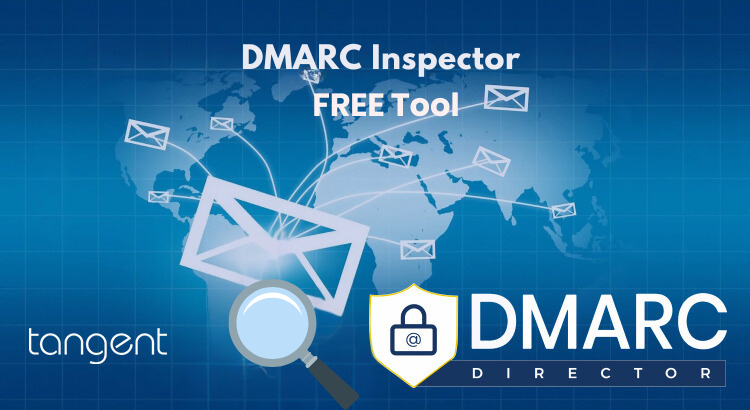
DMARC Inspector: DMARC Director’s FREE Tool
In an age where cyber threats are constantly evolving, businesses of all sizes must take proactive steps to secure their email communications. One of the most effective ways to protect your brand from phishing, spoofing, and other email-based attacks is by implementing Domain-based Message Authentication, Reporting & Conformance (DMARC). But setting up and managing DMARC […]

Which security is best for email?
Email remains a critical communication tool for businesses, but it is also a primary target for cybercriminals. Ensuring that your email is secure requires more than just a basic filter or antivirus; it requires a comprehensive approach that considers all aspects of email security. Prior to addressing which type of email security is best, its […]

What Is DMARC and What Does It Do?
If you’ve ever managed email for a business or organization, you may have come across the term “DMARC.” But what exactly is DMARC, and why is it important? DMARC, which stands for Domain-based Message Authentication, Reporting, and Conformance, is an email authentication protocol. It’s designed to help protect email domains from being used in phishing […]
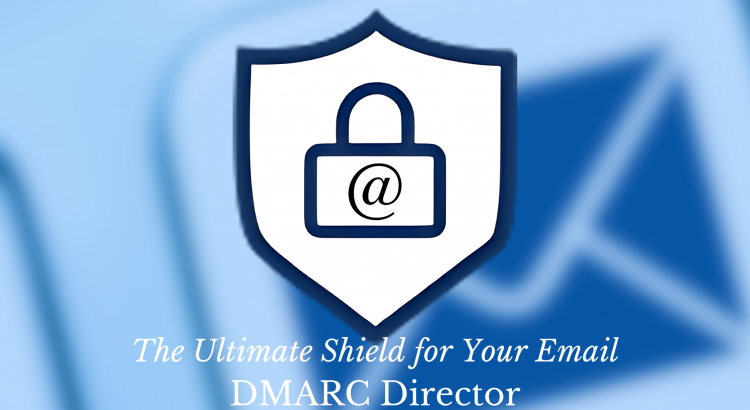
The Ultimate Shield for Your Email: DMARC Director
In the vast, bustling metropolis of the internet, email remains one of the most frequented intersections with ceaseless activity. Equally ever-present, are the threats of spoofed domain emails and malicious attempts to misuse your domain. Enter DMARC Director – your digital knight in shining armor. A Closer Look at DMARC DMARC (Domain-based Message Authentication, Reporting […]
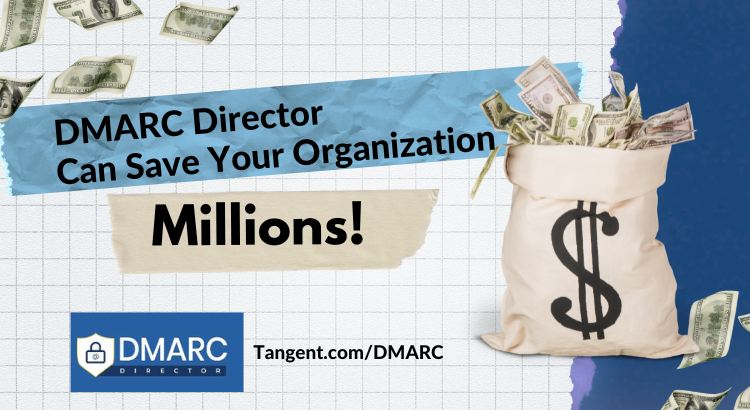
DMARC Director Can Save Your Organization Millions
According to the latest Forbes article, “The Underestimated Scourge of Spoofing Attacks” “dwell time” for cyberattacks shrunk to 8 days in 2023, compared to 10 days in 2022. Dwell time refers to the time from when a cyberattack starts to when it has been detected. While shrinking cyberattack detection times is good news, an 8 […]
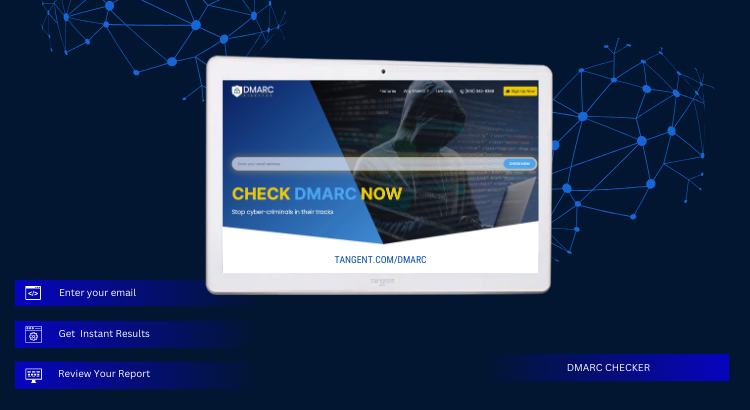
Test DMARC with Our Easy-to-Use DMARC Checker
Head over to Tangent.com/DMARC to check DMARC. Receive comprehensive, easy to understand results. Test DMARC quickly and accurately by entering your domain. Our DMARC checker is free and easy to use, no registration or personal information required. DMARC protocols properly configured help prevent spammers, hackers and spoofers from jeopardizing your company. Secure your finances, sensitive […]

GMAIL AND YAHOO DMARC Requirements
On October 3, 2023, Google and Yahoo announced requirements beginning February 2024 that bulk senders must have DMARC in place . This information outlines the changes that bulk senders need to make in order to comply with the new DMARC policies set by Google and Yahoo. Here’s a summary of the key points: Affected Parties: If you send 5,000 messages a […]
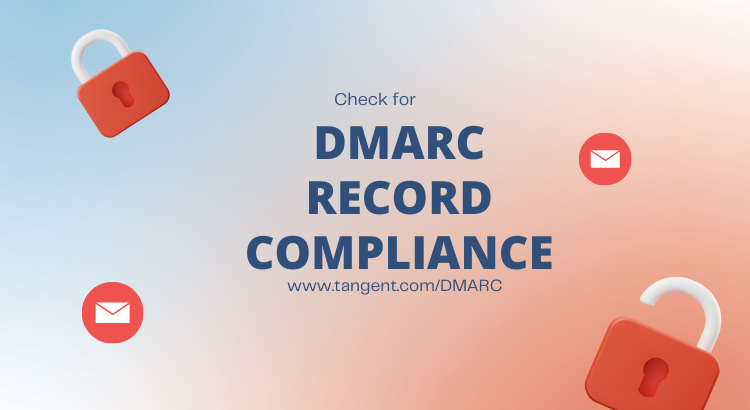
How Do I Check My DMARC Compliance?
Commencing DMARC implementation involves publishing a valid DMARC record. DMARC Director’s DMARC Record Checker is a diagnostic tool enabling you to view and validate the DMARC record for a domain. As of February 2024, Yahoo and Google will enforce new DMARC requirements for high-volume senders. To assist in preparation, we’ve crafted a guide ensuring your […]
